An artist's conception of Hayabusa flying to the asteroid 'Itokawa'. A JAXA photo
TOKYO (AP): Japanese scientists say they have detected tiny particles collected by the first spacecraft to return to Earth after landing on asteroid. But it could take months to determine if the dust came from the asteroid or was picked up by the spacecraft on its return trip.
Material found in the Hayabusa spacecraft's sample collection compartments could offer insight into the creation and makeup of the solar system.
The capsule landed successfully in the Australian Outback last month after a seven-year, 6-billion kilometer journey despite a series of technical glitches that raised worries that the mission could fail.
Project chief Junichiro Kawaguchi said on Wednesday that a small number of mostly microscopic particles were found and dust from the asteroid was likely among them. But he said it was also suspected that contaminants from Earth may have been mixed in.
�We need to determine their origin,� he said, adding that could take months.
Experts from NASA and Australia are also involved in the project.
Hayabusa, launched in 2003, reached an asteroid called Itokawa in 2005. After taking photos from all angles of the 1,640-foot long asteroid, Hayabusa landed on it twice in November 2005. The spacecraft then limped home after developing a fuel leak and losing contact with Earth for seven weeks.
It was the first spacecraft ever to successfully land on an asteroid and then return home.
The craft was designed to shoot a bullet into the surface of the asteroid that would crush and propel material through a long tube into a sample collection container. There is no certainty the bullet actually fired, scientists say, but they believe the impact of the tube's landing would have forced some material upward and into the collection chamber.
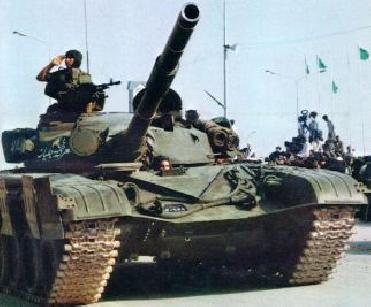 Next Article
Next Article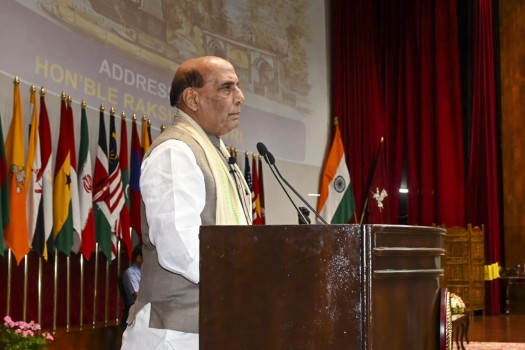
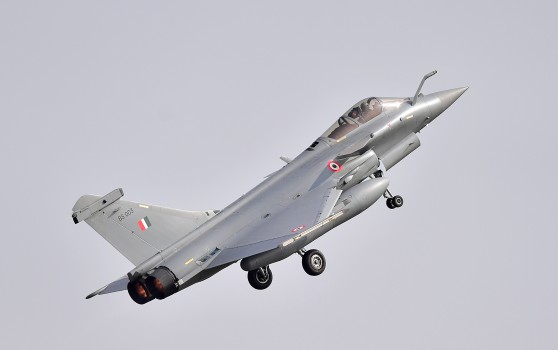
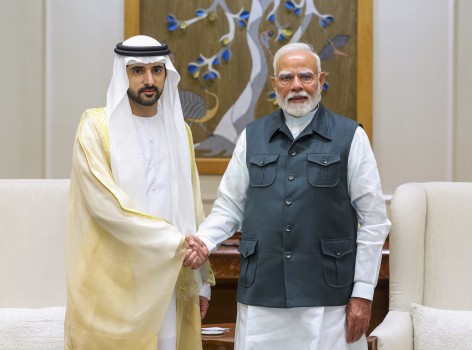
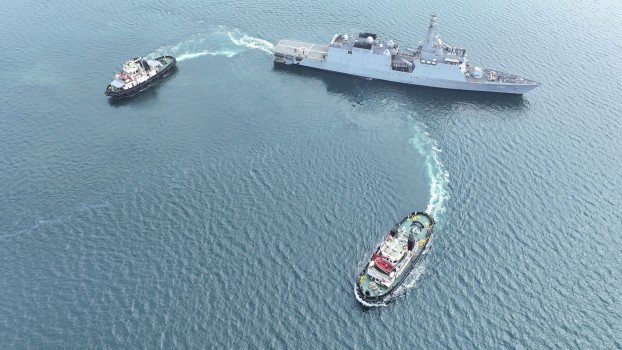
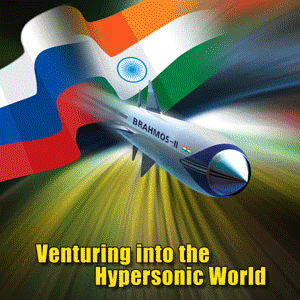
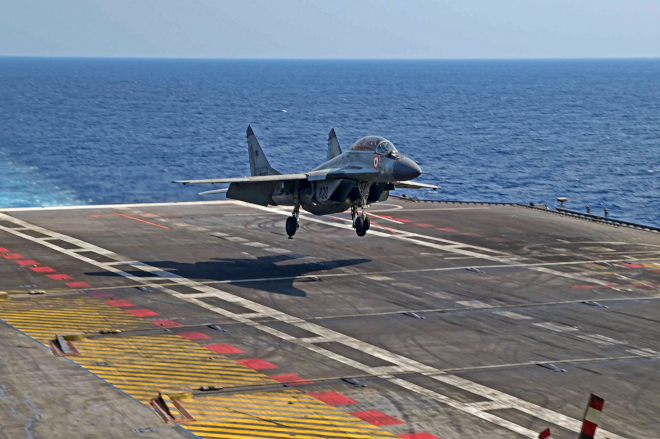
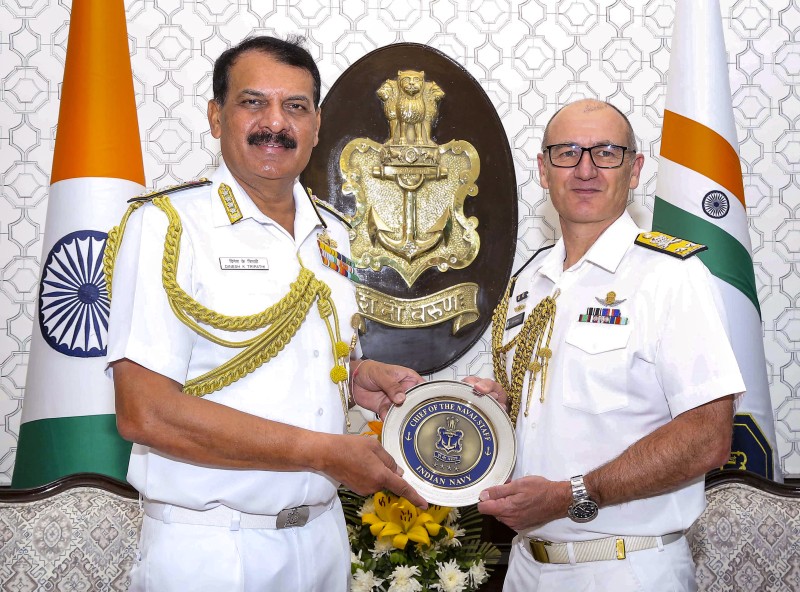


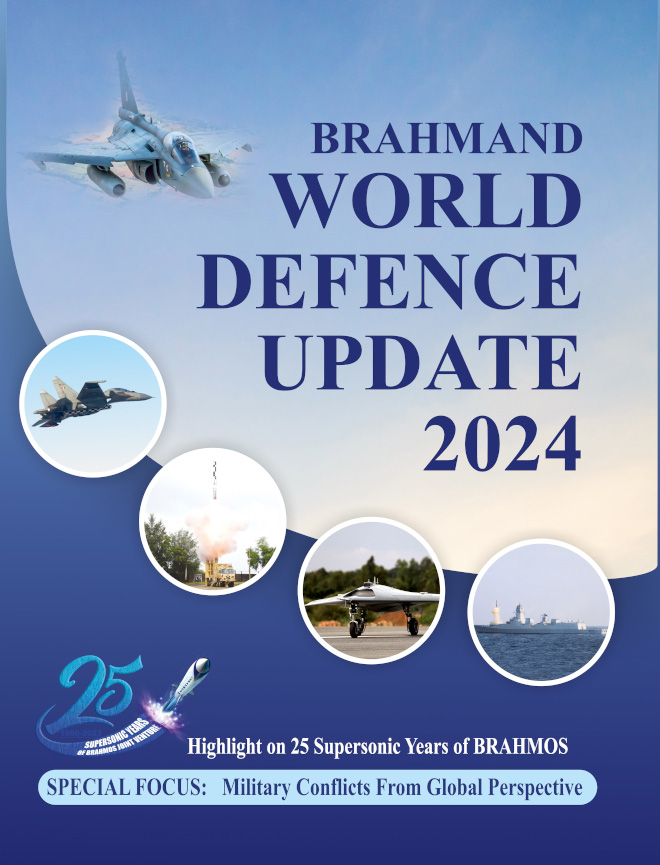
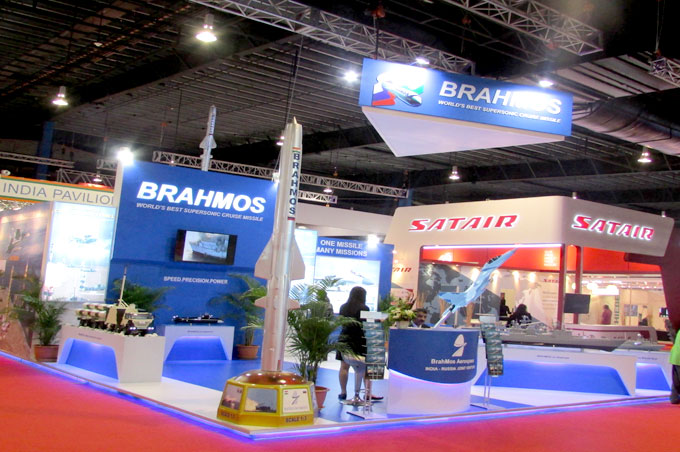
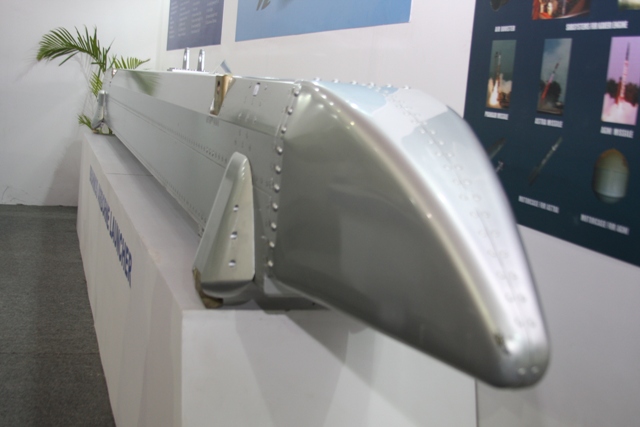
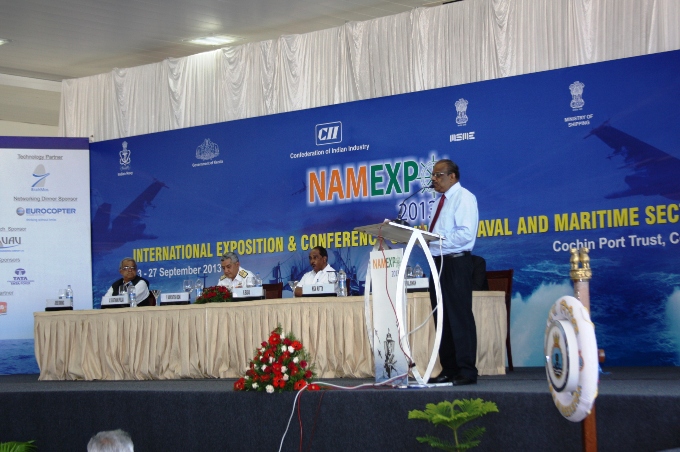
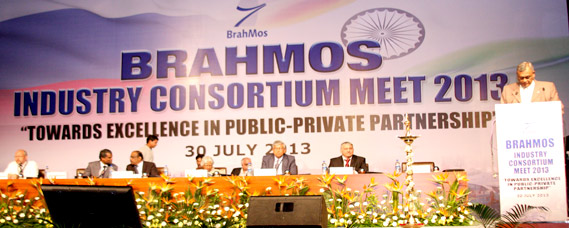
The Indian Air Force, in its flight trials evaluation report submitted before the Defence Ministry l..
view articleAn insight into the Medium Multi-Role Combat Aircraft competition...
view articleSky enthusiasts can now spot the International Space Station (ISS) commanded by Indian-American astr..
view article